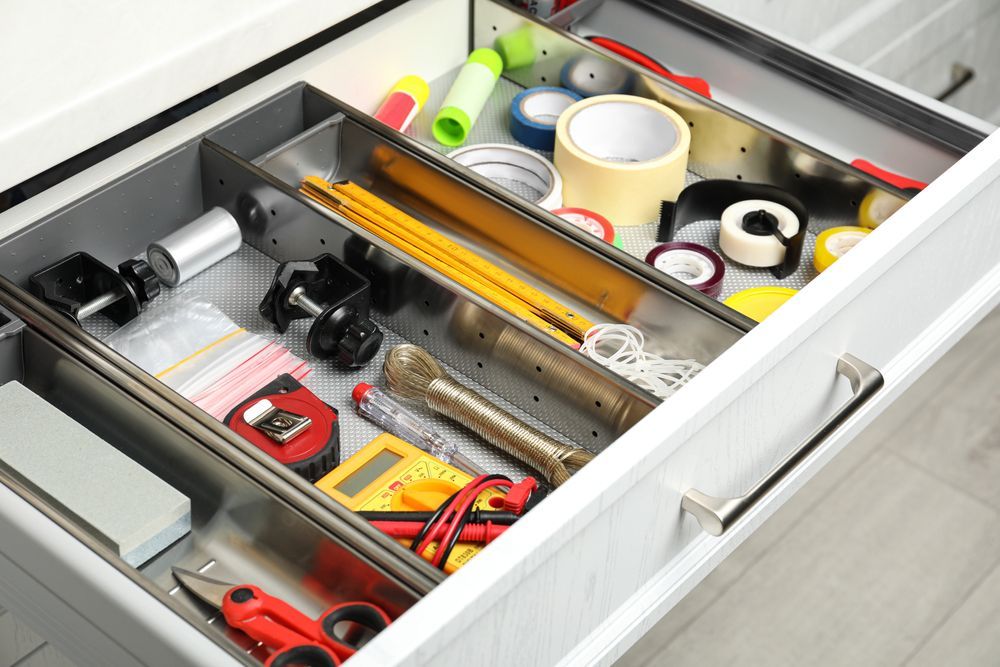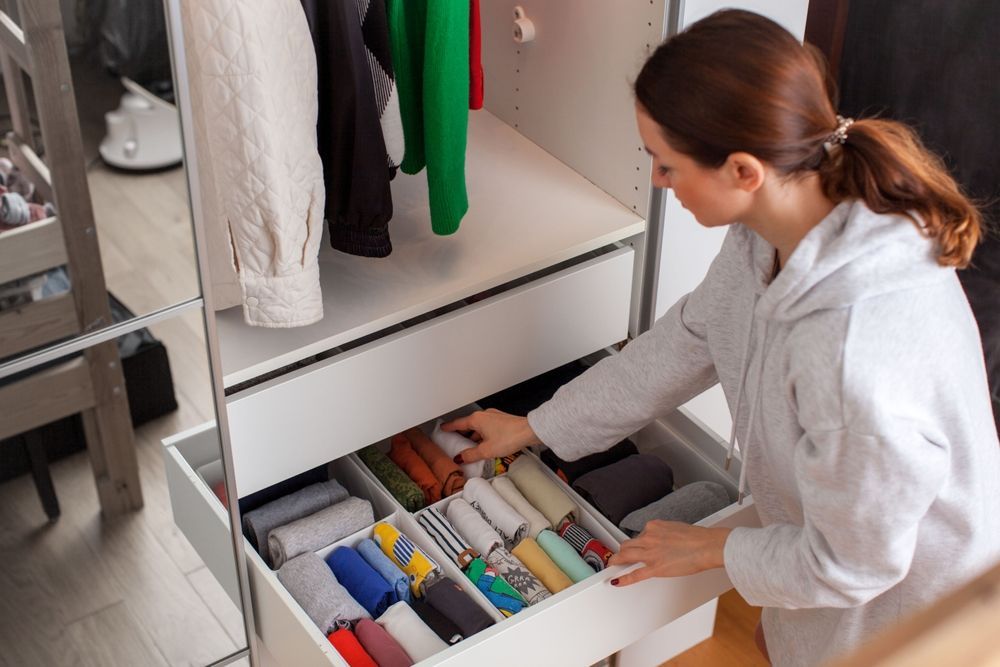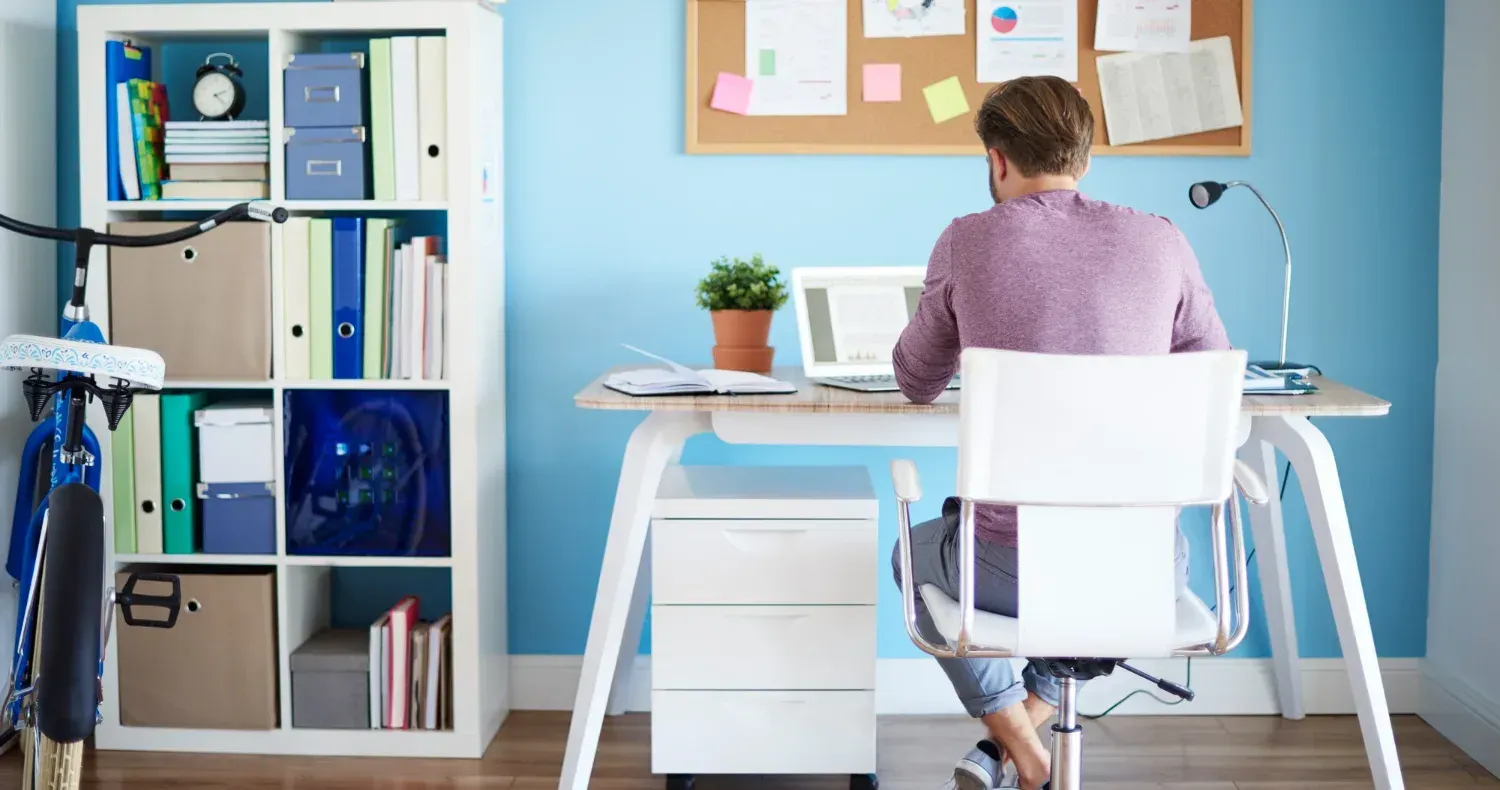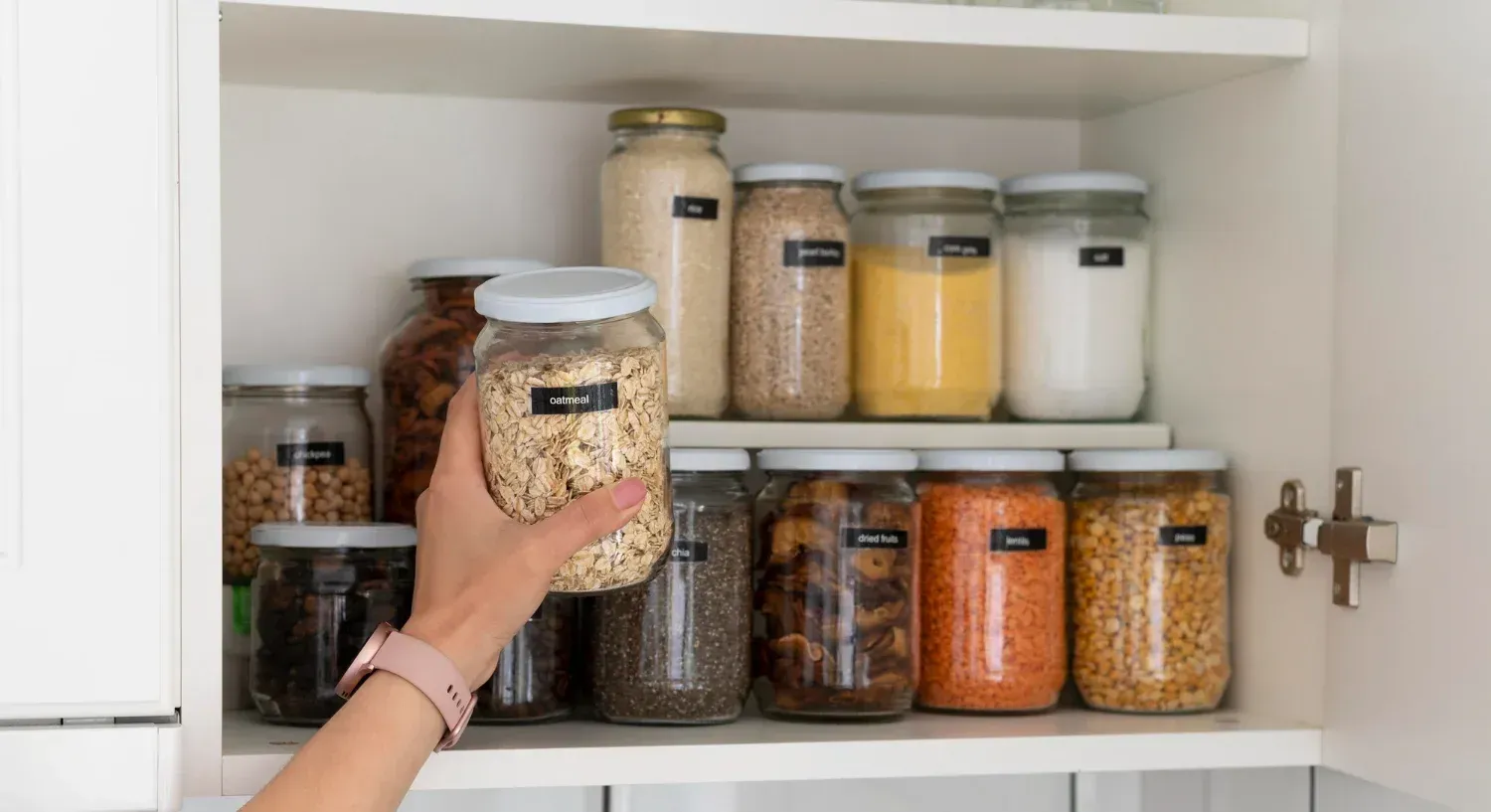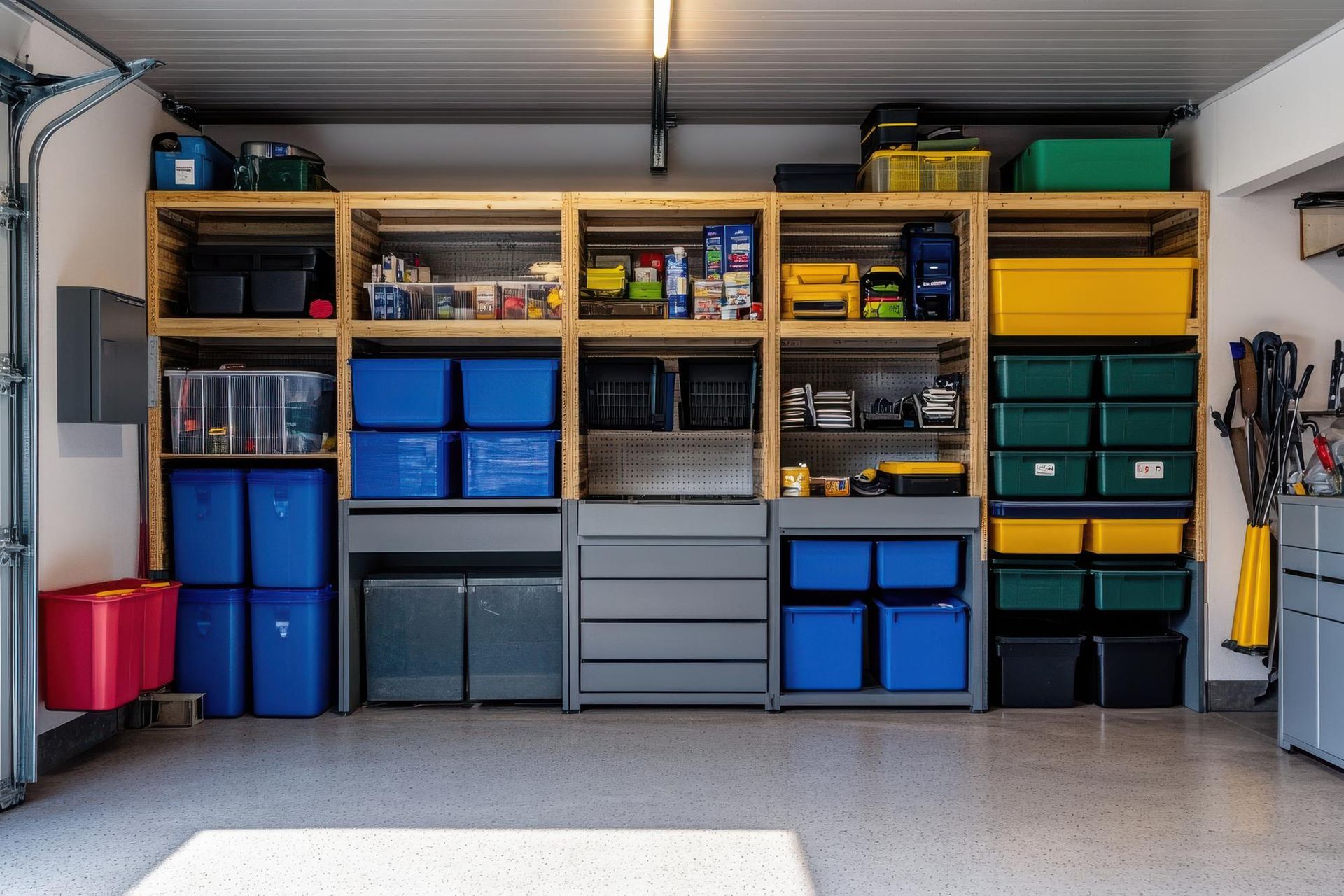Home Office Organization: Tips to Boost Your Workflow
Working from home has become the new norm for millions of professionals worldwide. With the rise of remote work, many have realized the importance of having a well-organized and efficient home office. A properly structured workspace can be the difference between a productive day and one filled with distractions, inefficiency, and missed deadlines. This is where home office organization comes into play. A tidy, well-ordered space can have a profound impact on your workflow, allowing you to stay focused, energized, and on top of your tasks.
In this blog, we'll delve into the essential principles of home office organization and offer tips to help you optimize your workspace for better productivity. Whether you're a seasoned remote worker or new to the concept, these strategies can provide you with the framework to streamline your environment and, as a result, boost your workflow.
The Importance of Home Office Organization
Before diving into the tips, it's essential to understand why home office organization is crucial. The design and structure of your workspace directly impact your mental clarity and ability to concentrate. When your office is cluttered and disorganized, it becomes harder to focus, leading to frequent distractions and wasted time.
A well-organized home office reduces stress, saves time, and creates a conducive environment for deep, uninterrupted work. Moreover, it helps you create a clear separation between work and home life, which is essential when your living room doubles as your office space.
Now, let's explore some actionable tips to improve your home office organization and transform your workflow.
1. Define Your Workspace
The first step in achieving
effective home office organization
is defining a dedicated workspace. While it can be tempting to work from your couch or bed, having a designated area for work can significantly boost your productivity. Your brain associates environments with specific activities, and working from a space typically used for leisure can make it harder to switch into "work mode."
Choose a quiet corner of your home where you can set up a desk and keep all your work-related materials. If you're short on space, even a small nook or a converted closet can serve as a functional home office. The key is to make this area solely for work purposes.
Once you've defined your workspace, treat it like a professional office. Keep personal items to a minimum and focus on creating an environment conducive to productivity. This physical boundary can also help mentally separate work time from personal time, even in a home setting.
2. Invest in Ergonomic Furniture
Your physical comfort plays a significant role in your ability to focus and work efficiently. Invest in ergonomic furniture that promotes good posture and reduces the risk of physical discomfort, which can hinder productivity. A well-chosen desk and office chair are the foundation of a productive home office setup.
When selecting furniture, make sure your desk is large enough to accommodate your computer, paperwork, and any other tools you frequently use. Your chair should support your lower back, allowing you to sit for extended periods without discomfort. Ergonomic chairs with adjustable height and lumbar support are ideal for preventing back pain.
Incorporating a standing desk or using a desk converter is another way to enhance your home office organization. Alternating between sitting and standing during the day can reduce fatigue and improve focus, keeping your energy levels up.
3. Declutter Your Space
Clutter is the enemy of productivity. When your desk is piled high with papers, gadgets, and random objects, it becomes harder to focus on the task at hand. One of the core principles of
home office organization is decluttering your workspace regularly.
Start by removing unnecessary items from your desk and surrounding area. Only keep items that are essential for your work. This might include your computer, notepad, pens, and a few key documents. Everything else should be stored out of sight in drawers or on shelves.
Consider adopting a minimalist approach to your workspace. The less visual clutter, the easier it is to concentrate. You can also use organizers like trays, bins, and shelves to keep everything in its designated place.
Regular decluttering sessions—weekly or even daily—can ensure that your workspace remains neat and conducive to productivity.
4. Utilize Storage Solutions
Proper storage is a critical component of
home office organization. Without appropriate storage solutions, it’s easy for clutter to pile up, which can quickly turn your office into a chaotic mess.
Start by assessing what you need to store. If you have a lot of paperwork, invest in a filing cabinet or storage boxes to keep everything organized and accessible. Use labeled folders to sort documents by category, such as bills, client information, or receipts. This makes it easy to find what you need without wasting time searching through piles of papers.
For smaller items like office supplies, use drawer organizers or trays to keep things in order. Clear plastic containers or jars are great for storing pens, paperclips, and other small items.
Floating shelves or bookcases can provide extra storage space for books, binders, or decorative items, keeping them off your desk while still within reach. Make the most of vertical space to avoid cluttering your workspace.
5. Optimize Your Digital Organization
Home office organization doesn't only apply to physical spaces. In today's digital age, having an organized digital workspace is just as important. An overflowing inbox, scattered files, and a cluttered desktop can slow down your work and create unnecessary stress.
Start by organizing your digital files. Create folders for different categories of documents, and use a consistent naming system to make files easy to locate. Delete or archive old files that you no longer need to keep your digital workspace clean.
For your inbox, consider using filters or labels to automatically sort incoming emails. You can create folders for different clients, projects, or categories to help keep your inbox manageable. Unsubscribe from newsletters or promotional emails that you no longer find useful to reduce email overload.
Additionally, backup your files regularly to prevent data loss. Whether you use an external hard drive or a cloud service, having a secure backup system is essential for maintaining a well-organized digital environment.
6. Personalize Your Workspace
While
home office organization is about maintaining a clean and structured environment, it’s also important to make your workspace inspiring and comfortable. Personalization can create a motivating atmosphere that boosts creativity and morale.
Incorporate elements that make your space enjoyable. This could include plants, which not only improve air quality but also add a touch of nature to your workspace. Studies have shown that greenery in the office can enhance mood and productivity.
You can also hang artwork, inspirational quotes, or family photos—just be careful not to overdo it. Too many personal items can create clutter, so choose a few key pieces that bring you joy without overwhelming the space.
Lighting plays a huge role in your workspace’s ambiance. Make sure your home office has sufficient lighting, preferably natural light. If your office is in a dimly lit area, invest in a good desk lamp that mimics daylight. Proper lighting can reduce eye strain and boost your energy levels, keeping you focused throughout the day.
7. Implement Time Management Tools
While organizing your physical and digital space is essential, managing your time effectively is another key aspect of
home office organization. Time management tools can help you structure your day, prioritize tasks, and ensure that you’re using your time efficiently.
Start by creating a daily or weekly to-do list to keep track of your tasks. Prioritize the most important or time-sensitive tasks and tackle them first. There are plenty of digital tools, like Trello, Asana, or Google Calendar, that can help you stay on top of your schedule.
The Pomodoro Technique is another effective method for managing your time. This involves working for 25 minutes, followed by a 5-minute break. After four cycles, take a longer break of 15 to 30 minutes. This technique can prevent burnout and help you maintain focus throughout the day.
8. Keep Cables and Wires Organized
A tangle of cables and wires not only looks messy but can also be a safety hazard. Keeping cords organized is an essential aspect of
home office organization. There are plenty of products available, such as cable ties, clips, and sleeves, that can help keep your cords in order and out of sight.
Labeling your cords can also save time when you need to unplug or switch out devices. Use a label maker or simple masking tape to mark each cable, so you know which one connects to your computer, printer, or other electronic devices.
9. Set Boundaries with Household Members
One of the challenges of working from home is managing interruptions from family members or roommates. Setting clear boundaries is an important part of
home office organization, as it helps maintain a distraction-free environment.
Let those you live with know your work hours and ask them to respect your workspace during those times. You can even create a signal, like closing the door or wearing headphones, to indicate when you’re in "work mode."
Additionally, if you have children, consider creating a dedicated play area nearby to keep them entertained while you work. This can minimize interruptions while allowing you to keep an eye on them.
10. Regularly Review and Adjust Your Setup
Finally,
home office organization is not a one-time task. Your needs and workflow may change over time, so it's important to regularly review and adjust your setup to ensure it remains functional.
At the end of each day or week, take a few minutes to tidy up your space, organize any stray items, and reflect on what is or isn’t working in your office. If you find that your current setup is no longer conducive to productivity, don’t hesitate to make changes.
You might find that rearranging furniture, adding new storage solutions, or changing the décor can rejuvenate your workspace and reignite your focus.
Conclusion
Home office organization is an ongoing process that requires attention and adaptability. By creating a dedicated workspace, investing in ergonomic furniture, decluttering, and utilizing proper storage solutions, you can create an environment that fosters productivity. Digital organization, time management tools, and personalized touches can further enhance your workflow, making your home office not just a place to work, but a place to thrive.
By implementing these strategies, you’ll be well on your way to creating a home office that is both functional and inspiring, allowing you to boost your productivity and enjoy your work-from-home experience.




